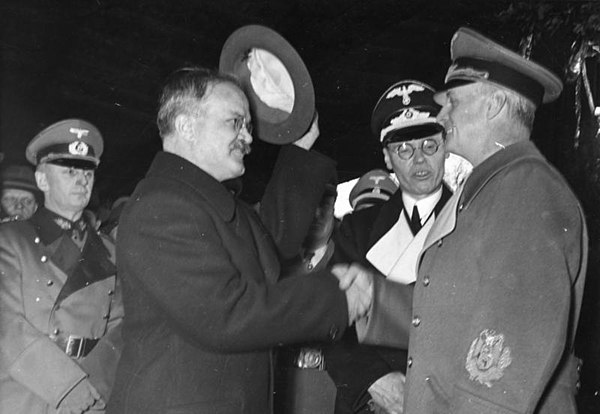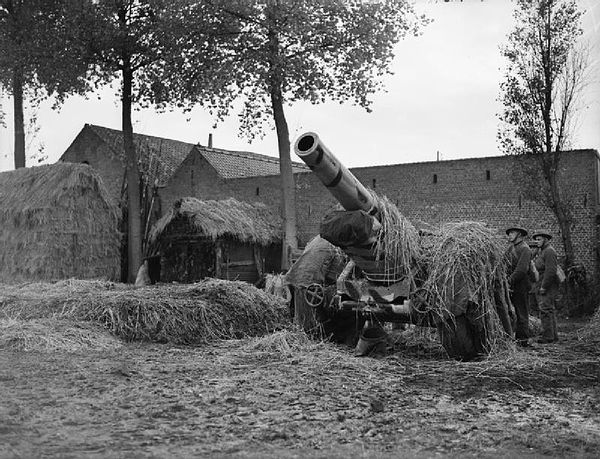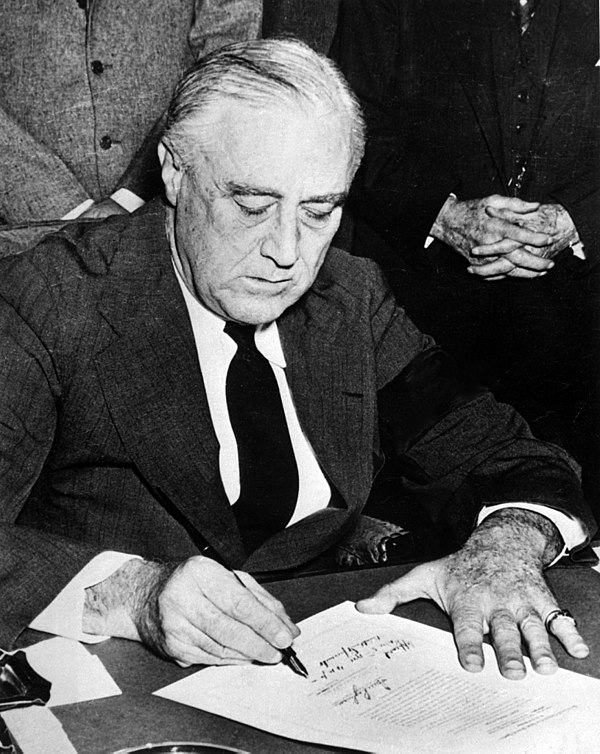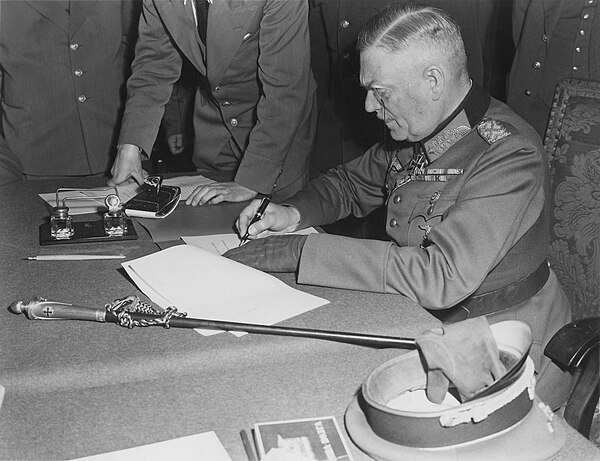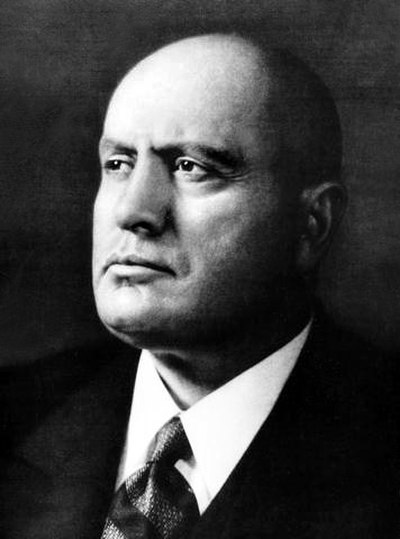World War I had radically altered the political European map, with the defeat of the Central Powers—including Austria-Hungary, Germany, Bulgaria and the Ottoman Empire—and the 1917 Bolshevik seizure of power in Russia, which led to the founding of the Soviet Union. Meanwhile, the victorious Allies of World War I, such as France, Belgium, Italy, Romania, and Greece, gained territory, and new nation-states were created out of the collapse of Austria-Hungary and the Ottoman and Russian Empires.
To prevent a future world war, the League of Nations was created during the 1919 Paris Peace Conference. The organisation's primary goals were to prevent armed conflict through collective security, military and naval disarmament, and settling international disputes through peaceful negotiations and arbitration.
Despite strong pacifist sentiment after World War I, irredentist and revanchist nationalism emerged in several European states in the same period. These sentiments were especially marked in Germany because of the significant territorial, colonial, and financial losses imposed by the Treaty of Versailles. Under the treaty, Germany lost around 13 percent of its home territory and all its overseas possessions, while German annexation of other states was prohibited, reparations were imposed, and limits were placed on the size and capability of the country's armed forces.
The United Kingdom, France and Italy formed the Stresa Front in April 1935 in order to contain Germany, a key step towards military globalisation; however, that June, the United Kingdom made an independent naval agreement with Germany, easing prior restrictions. The Soviet Union, concerned by Germany's goals of capturing vast areas of Eastern Europe, drafted a treaty of mutual assistance with France. Before taking effect, though, the Franco-Soviet pact was required to go through the bureaucracy of the League of Nations, which rendered it essentially toothless. The United States, concerned with events in Europe and Asia, passed the Neutrality Act in August of the same year.
Hitler defied the Versailles and Locarno treaties by remilitarising the Rhineland in March 1936, encountering little opposition due to the policy of appeasement. In October 1936, Germany and Italy formed the Rome–Berlin Axis. A month later, Germany and Japan signed the Anti-Comintern Pact, which Italy joined the following year.
The Kuomintang (KMT) party in China launched a unification campaign against regional warlords and nominally unified China in the mid-1920s, but was soon embroiled in a civil war against its former Chinese Communist Party allies and new regional warlords. In 1931, an increasingly militaristic Empire of Japan, which had long sought influence in China as the first step of what its government saw as the country's right to rule Asia, staged the Mukden Incident as a pretext to invade Manchuria and establish the puppet state of Manchukuo.
China appealed to the League of Nations to stop the Japanese invasion of Manchuria. Japan withdrew from the League of Nations after being condemned for its incursion into Manchuria. The two nations then fought several battles, in Shanghai, Rehe and Hebei, until the Tanggu Truce was signed in 1933. Thereafter, Chinese volunteer forces continued the resistance to Japanese aggression in Manchuria, and Chahar and Suiyuan. After the 1936 Xi'an Incident, the Kuomintang and communist forces agreed on a ceasefire to present a united front to oppose Japan.


